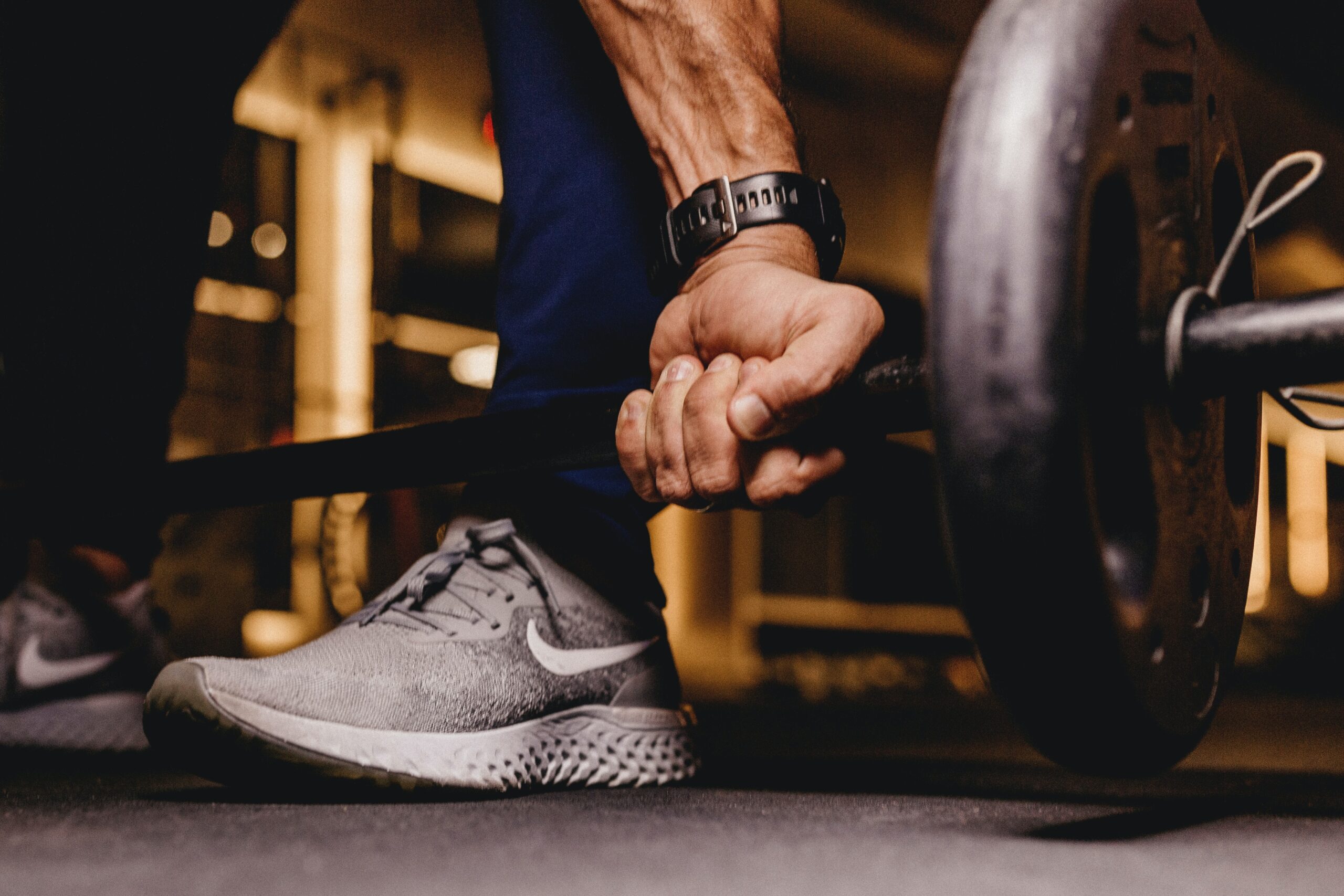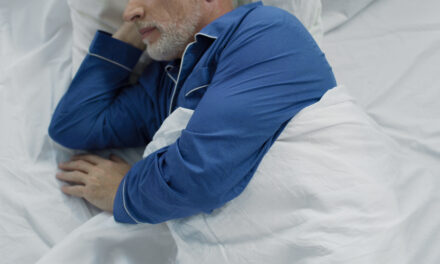Movement as Medicine: Move for Longevity, Brain Health and More

The science is conclusive: Movement is essential for overall health and well-being.
There isn’t a system, processes, or function in the body that doesn’t rely on movement to stay healthy. Everything, from circulation and digestion to hormone regulation and mood, is affected by how and how much you move your body.
Movement is the way our bodies keep working … use it or lose it.
Regular physical activity makes your heart, lungs, muscles, and bones stronger; boosts your metabolism and immune system; and reduces the risk of many chronic diseases, including cancer. It also improves concentration, memory, and emotional resilience to stress.
And you don’t have to be an athlete or fitness junkie to reap the health benefits, being physically active in general helps you feel, sleep, and function better. In fact, research shows that everyone of all ages, shapes, sizes, or conditions benefits from routine movement and exercise.
Move for longevity
Unfortunately, as a society, we’ve become increasingly sedentary over the years. According to a recent study from the US Centers for Disease Control and Prevention (CDC), one in four U.S. adults sit for more than eight hours a day, and 40 percent of us aren’t getting enough physical activity. Both of which – prolonged sitting and physical inactivity – are associated with a higher risk of cardiovascular disease, type 2 diabetes, depression, and premature death. [1]
The good news is that it doesn’t take an intense cardio regimen to mitigate some of the negative health effects of too much sitting. Even small amounts of physical activity can help prevent disease, improve health, and extend longevity.
A long-term study published in the “American Journal of Epidemiology” found that replacing 30 minutes of sitting with 30 minutes of light physical activity per day can lower the risk of early mortality by 17 percent. Substitute 30 minutes of sedentary time with moderate to vigorous physical activity, like biking or running, and you could reduce the risk of an early death by 35 percent. [2]
But you have to be active. The study also found that simply sitting less isn’t the answer. Some form of movement and exercise is necessary to offset the mortality and health risks incurred by time spent sedentary. It doesn’t have to be all at once though. A 1, 2 or 5-minute break to get up and physically move around every 30 minutes is proven helpful.
Move for good health
“If there is a deficiency in exercise the body will fall sick.” – Hippocrates
There isn’t a bodily system that doesn’t rely on movement to stay healthy. Movement is the way our bodies regulate hormone activity, eliminate toxins, and respire. The manner and extent to which we move directly impacts the internal movement of blood, oxygen, nutrients, and lymph through the body. The better everything flows, the better every system functions, the less likely for disease.
In fact, 7 of the 10 most common chronic conditions are favorably influenced by regular exercise, according to the U.S. Department of Health and Human Services (HHS). [3]
For starters, engaging in moderate exercise strengthens your heart muscle, improving its ability to pump blood to every muscle, organ, and tissue in the body. It also makes your lungs stronger and your blood vessels bigger, helping prevent clogged arteries and reducing the risk of a stroke. Physical activity also keeps your blood sugar, blood pressure, cholesterol, and weight down, further lowering the risk of heart disease and stroke, as well as type 2 diabetes.
The American Heart Association recommends at least 150 minutes of moderate physical activity per week to prevent cardiovascular disease. One study found that following the public health’s recommendation can reduce the risk of developing type 2 diabetes by 26 percent, or by 40 percent when you exercise for an hour a day. The study also found that any amount of movement and exercise helps lower the risk. [4]
Move for stronger immunity
As it turns out, exercise also strengthens your body’s defense system. Researchers have discovered that the immune system is very responsive to physical activity. A recent review published in the “Journal of Sport and Health Science” found that moderate exercise (under 60 minutes) increases the circulation of leukocytes and other important white blood (or immune) cells. [5]
The report also verified that routine physical activity enhances the body’s immune response over time, and has an overall anti-inflammatory effect. Multiple studies confirm that physically active people have lower inflammation biomarkers, which may be one of the main reasons movement serves as preventative medicine.
Despite inflammation playing a crucial role in the body’s immediate immune response, chronic inflammation wreaks havoc and has been linked to a number of health conditions, including arthritis, fibromyalgia, digestive issues, heart disease, diabetes, and cancer.
One study found that as little as 20 minutes of moderate exercise can stimulate the immune system, producing an anti-inflammatory response. Researchers at the University of California-San Diego School of Medicine discovered that 20 to 30 minutes of walking on a treadmill reduced the number of pro-inflammatory cytokines, or proteins, known as TNF. [6]
The finding has huge implications for those suffering from chronic diseases and would benefit from physical activity that’s more approachable, like those with arthritis. A 2017 report from the CDC on the prevalence of arthritis in the U.S. (an estimated 54.4 million adults) noted that physical activity can help manage symptoms, reducing pain and improving function by approximately 40 percent. [7]
Move for brain health
Mounting scientific evidence confirms – exercise is also good for your brain. Research shows that physical activity improves learning, concentration, thinking, memory and mood; and that regular exercise can slow age-related cognitive decline, protecting against dementia and other impairments. Studies have even linked exercise to a lower risk of Alzheimer’s. [8]
Physical activity positively impacts the brain in a number of ways. Directly, exercise stimulates biochemical changes in the brain (like increasing dopamine, norepinephrine and serotonin levels) that affect attention and focus, mental processing, planning, and memory functions.
As more blood flows to the brain, physical activity triggers the release of beneficial proteins called growth factors that encourage the new brain cells (or neurons) to grow and the development of new neural connections between cells in different regions of the brain, actively impacting brain health. What’s more, scientists have confirmed that (thanks to the production of growth factors) exercising increases the actual size, or volume, of the hippocampus – the brain’s learning and memory. [9]
Regular physical activity also improves sleep quality, reduces anxiety and stress, and helps ward off depression, indirectly supporting brain health and boosting cognitive function in a multitude of ways.
Move for mental health and emotional well-being
It’s perhaps not surprising then that people who are physically active report a greater sense of overall well-being.
Regular exercise makes you feel good. Not only does it help you sleep better, physical activity relieves stress and tension, increases energy levels, elevates your mood, and fosters feelings of satisfaction and self-esteem. And again, research indicates that small doses of movement can make a real difference. A walk around the block has the power to shift your mood and mental head space.
According to the Anxiety and Depression Association of America, studies suggest that 5 minutes of aerobic exercise is enough to stimulate anti-anxiety effects; and that a 10-minute walk may be just as beneficial as a more intense 45-minute workout for alleviating anxiety and depression. [9]
Meanwhile, a recent study published in “JAMA Psychiatry” suggests that running for 15 minutes a day or doing light physical activity, like walking or house cleaning, for an hour a day reduces the risk of becoming depressed by 26 percent. [11]
It’s widely known that physical activity increases the production of endorphins and other “feel good” hormones in the brain that elevate your spirits and enhance feelings of well-being; however, it also appears that the same changes in the brain that improve memory and cognition – including reduced inflammation, cell growth and new neural connections – also promote feelings of calm and relaxation.
In fact, the brain’s hippocampus (mentioned above) is also the region that helps regulate emotions and grows with regular exercise. Neuroscientists have found that this important brain region is indeed smaller in people who suffer from depression. And that being physically active helps people respond better and bounce back from stressful events.
Just move!
Getting started is perhaps the most difficult part of becoming physically active. Especially for those with chronic conditions when exercising is the last thing you feel like doing. Remember, some movement is better than nothing.
Set a timer to stretch and move every hour to remind yourself when you’re at your desk, and find ways to sneak a little physical activity in throughout your day, like walking in place during a commercial break or going up and down the stairs a few extra times.
If you’re newer or returning to exercising, start with a daily five-minute walk. As you being to feel better, you’ll actually want to do more, and five minutes may easily turn into 15 or 20 minutes of physical activity. Soon you’ll be meeting (and eventually exceeding) the recommended 150 minutes a week of moderate exercise.
Read More:
Author:

Meagan McCrary
Meagan McCrary is an experienced yoga teacher, freelance writer, and author of “Pick Your Yoga Practice: Exploring and Understanding Different Styles of Yoga”. Her writings, covering a variety of health, fitness, and lifestyle topics, have appeared in Yoga Journal, 24Life Magazine, Mind Body Green, Sweat Equity Magazine, The Chalkboard, and YogaUOnline (among others). Meagan’s passion is helping people find more ease, comfort, and functionality in their bodies through a variety of modalities; and currently works with a diversity of clients in Southern California, specializing in chronic pain relief, soft-tissue release, postural awareness, pelvic strength, and stability, and prenatal yoga and fitness.





